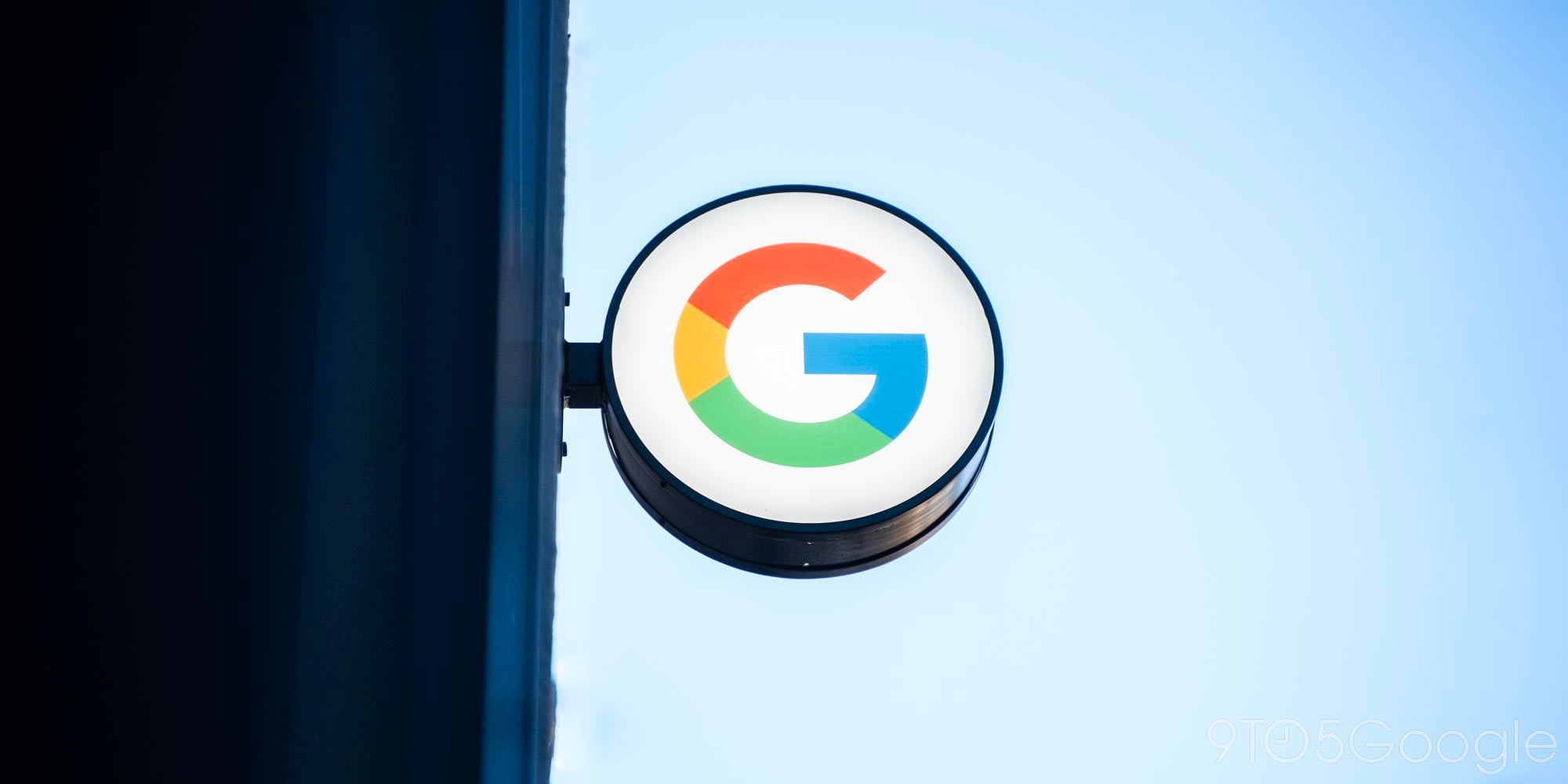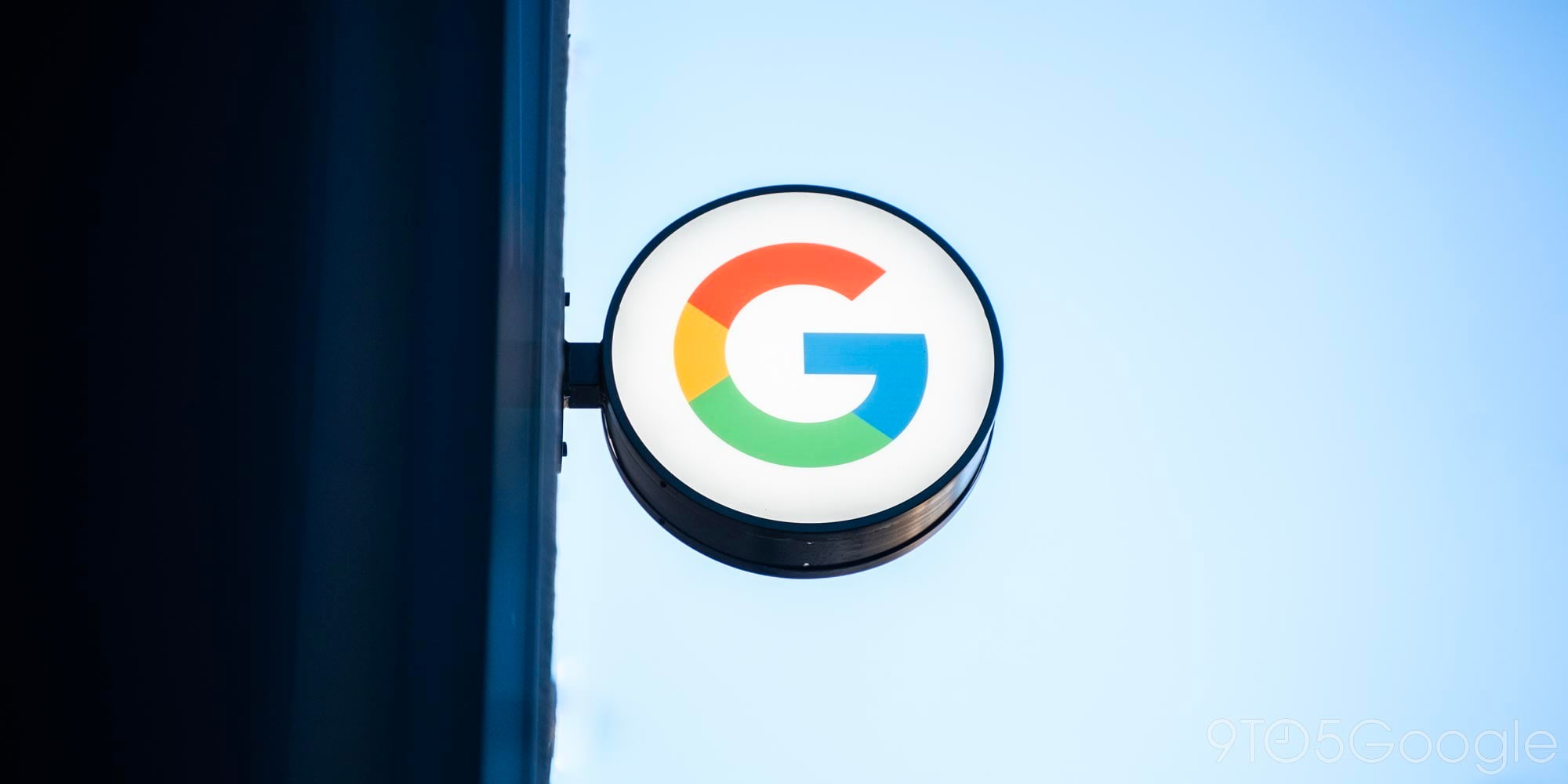
After years of solutions from third-party developers, Google is finally offering an official way to send and receive messages from a desktop. Simple and built into Android’s official SMS/RCS client, Messages for web will likely see a wide adoption and give Google’s mobile OS a way to compete with Apple and iMessage.
Setting up Messages for web is not difficult by any stretch, but scanning QR codes is far from a seamless experience. The workflow is similar to Google Allo and WhatsApp, so it will at least be familiar to some users.
When the new functionality is rolled out to your device, there will be a Messages for web section in the overflow menu of Android Messages. The new page allows users to scan the QR code from messages.android.com and log in multiple times. Supported browsers include Chrome, Mozilla Firefox, Safari, and Microsoft Edge. If you need help, our full walkthrough guide is available here.
The process is seamless and takes seconds, with users able to toggle whether to “Remember this computer.” Also available in the web app’s settings, this option keeps an instance paired with your phone even when the tab is closed. Google notes that “your latest conversation threads, contacts, and other settings will be encrypted and cached on your browser.” After 14 days of non-use, users will automatically be signed out for security.
Meanwhile, from that same Android app page, users will see a list of “Signed in computers” that notes the browser, operating system, and when the client was last active. There is the ability to “sign out all computers” or to do so individually.
The Message for web interface is straightforward and similar to Allo, Google Voice, and even Hangouts. The main conversation window to the right displays your message in standard chronological order. Color-coded message threads are synced over from the phone. While there is a People & options menu on the web to add contacts to a conversation, it does not let users assign or change a color.
When tapping “New conversation,” your top contacts from mobile are synced over, along with the rest of your address book with every labeled number listed for each person.
Meanwhile, like Google’s other messaging products, there is quick access to expressive features. The text entry box features emoji and sticker pickers that open as floating windows. There is also the ability to attach images through your operating system’s standard file picker. A round send button at the bottom-right corner notes whether a message is being delivered through SMS or RCS, if supported.
For power users, there are a dozen keyboard shortcuts, with a list brought up by Shift + /. Users can quickly move through conversations, show/hide various expressive pickers, and more.
A sidebar on the left lists all the conversations you have in Android Messages. An overflow menu underneath the time/date of each one lets users archive, delete, and mute conversations. The former two options instantaneously sync to your phone, while the latter is unique to the web client.
It is likely aimed at cutting down on the browser notifications — especially from an active conversation — that Messages for web supports. In Chrome, it is a standard notification that features the app’s name, icon, sender, and the message. If you don’t enable browser notifications, the tab title will still note any unread messages with a count and a red dot.
Notifications can be enabled/disabled from settings, with users able to set whether a message preview is included. A dark theme can also be activated from this pane with the white background switching to black, while bright colors are muted. There is also a high contrast mode under Accessibility options.
The last setting is a “Data use message” that warns when your phone is using mobile data to maintain the connection. Besides saving data, I’ve anecdotally found that the connection between phone and browser is more stable over Wi-Fi, but cellular does work. Otherwise, the sync experience works well with notifications disappearing from my Android phone immediately after I open a conversation on the web.
Messages for web is not groundbreaking by any stretch of the imagination. In fact, it does not need to be anything more than simple and reliable. Google ultimately delivered on both points, though the sign-up process could be improved in future updates to the service.
The question now is how actively Google will feature Messages for web going forward as it finally brings one aspect of iOS and iMessage’s key advantage to Android. Google took a while to create it, but they built something worth highlighting and Android is better for it.
Check out 9to5Google on YouTube for more news:
https://www.youtube.com/watch?v=gfjqzWVpm6Q\
FTC: We use income earning auto affiliate links. More.





Comments